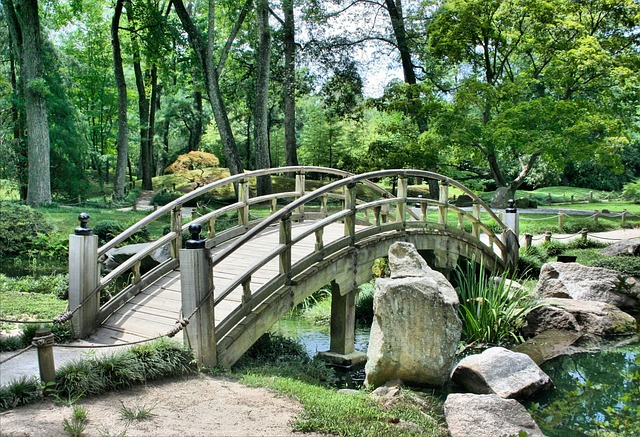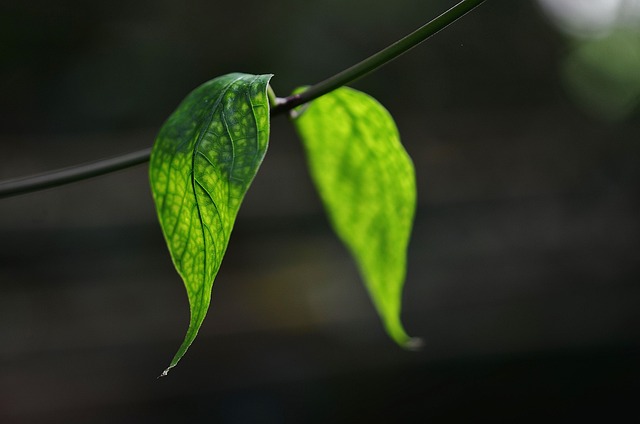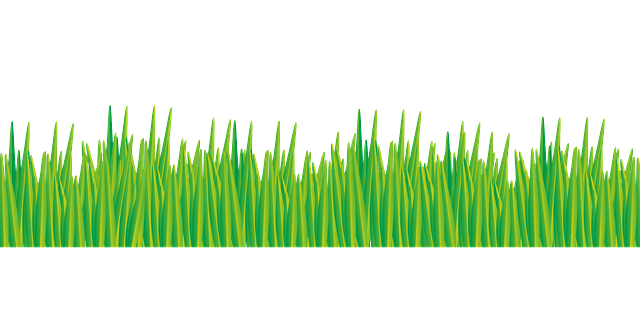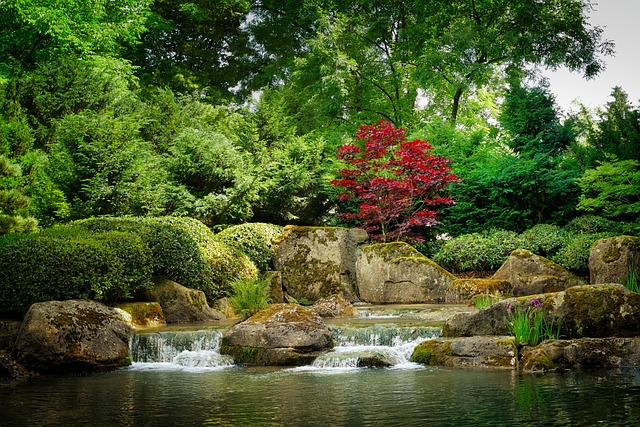Vertical garden installations are innovative solutions that transform urban spaces into green oases by integrating plant cultivation with architecture. These systems, leveraging layering techniques and strategic sunlight exposure, maximize space utilization while minimizing water usage in both urban and rural settings. They offer aesthetic and ecological benefits, enhancing air quality, providing insulation, mitigating the heat island effect, and promoting biodiversity. Commercial environments benefit from brand enhancement, improved employee well-being, and unique marketing opportunities. The creative process involves understanding client visions, detailed planning, and installation, followed by selection of high-quality materials for longevity and sustainable practices. Regular maintenance ensures optimal growth and pest prevention, rewarding dedication with vibrant, thriving gardens.
“Unleash the power of green in limited spaces with expert vertical garden installation. This comprehensive guide delves into the intricacies of creating lush, vertical landscapes, offering a unique solution for modern challenges. From understanding the concept to maintenance tips, we explore the benefits and applications of this sustainable practice. Discover how professional design and the right materials ensure longevity. Optimize your space with vertical gardens – a harmonious blend of aesthetics and eco-friendliness.”
- Understanding Vertical Garden Installations: A Comprehensive Overview
- Benefits and Applications of Expert Vertical Garden Design
- The Process: From Concept to Completion
- Choosing the Right Materials and Systems for Longevity
- Maintenance Tips for Thriving Vertical Green Spaces
Understanding Vertical Garden Installations: A Comprehensive Overview

Vertical garden installations have emerged as a revolutionary approach to urban greening, transforming vertical spaces into lush and vibrant oases. These innovative systems integrate plant cultivation with architectural structures, allowing for green walls, facades, or even entire buildings covered in flora. Understanding how these installations work is key to unlocking their vast potential.
At their core, vertical garden installations differ from traditional gardening by maximizing limited space. They utilize a layering system, often incorporating nutrient-rich growing mediums, irrigation techniques, and carefully curated plant selections. This design not only ensures healthy plant growth but also minimizes water usage and maintenance requirements. By optimizing sunlight exposure through strategic placement or artificial lighting, these gardens thrive in urban environments, offering aesthetic appeal and numerous ecological benefits.
Benefits and Applications of Expert Vertical Garden Design

Vertical garden installations offer a multitude of benefits, transforming both urban and rural landscapes. This innovative design maximizes space utilization by growing plants upwards, making it ideal for areas with limited ground space. Expert vertical garden design incorporates various applications, from aesthetic enhancements in homes and public spaces to functional solutions in commercial settings. In cities, these gardens contribute to better air quality, provide insulation, and reduce the urban heat island effect.
Moreover, they serve as eco-friendly features, promoting biodiversity by attracting local wildlife. Vertically-grown plants also require less water and maintenance compared to traditional gardening methods, making them sustainable choices. In commercial environments, vertical gardens can enhance brand image, improve employee well-being, and even contribute to marketing strategies. Their versatility allows for customization according to space constraints and design preferences, ensuring a unique aesthetic that complements any setting.
The Process: From Concept to Completion

The process of creating a vertical garden installation is an art in itself, transforming blank walls into vibrant, green oases. It begins with understanding the client’s vision and goals, tailored to their unique space and preferences. Experts in this field will collaborate closely with clients to design a concept that fits seamlessly into their environment, considering factors like sunlight exposure, structural integrity, and aesthetic appeal. This initial phase involves creating detailed plans and 3D renderings to visualise the final result.
Once the concept is finalised, the installation process can begin. This involves preparing the substrate, whether it’s existing walls or dedicated frameworks, ensuring they meet the required standards for plant growth. The next step is laying down the necessary irrigation systems and incorporating high-quality growing media. Careful placement of plants, from selecting the right species to their orientation, ensures optimal growth conditions. Finally, a protective coating may be applied to enhance durability and maintain the garden’s aesthetic over time.
Choosing the Right Materials and Systems for Longevity

When it comes to vertical garden installations, selecting the appropriate materials and systems is paramount for ensuring longevity and robust performance. The market offers a myriad of options, from various types of containers and growing media to different irrigation techniques. For enduring results, opt for high-quality, durable materials that can withstand outdoor exposure and the weight of soil and plants. This includes choosing weatherproof containers, robust support structures, and efficient watering systems designed specifically for vertical gardens.
Integrating sustainable practices further enhances the longevity of these installations. Consider using recycled or eco-friendly materials, such as plastic bottles or bamboo, for containers, and organic growing media to foster a healthier ecosystem. Additionally, implementing smart irrigation systems that utilise sensors for moisture control can significantly reduce water waste, ensuring your vertical garden thrives while promoting environmental sustainability.
Maintenance Tips for Thriving Vertical Green Spaces

Maintaining a vertical garden installation requires dedication, but with the right approach, these green spaces can thrive and flourish. Regular cleaning is essential to ensure optimal growth; gently wipe down the plants and remove any dust or debris that may accumulate. Pruning is another vital task, as it encourages new growth and keeps the garden aesthetically pleasing. Remove any dead leaves or flowers promptly to prevent pest attraction.
Watering is a key component of maintenance, but it’s important not to overdo it. Most vertical gardens benefit from allowing the soil to dry out slightly between waterings. Monitoring moisture levels ensures the roots receive the right balance, promoting robust and healthy plants. Additionally, fertilizing every few months with a balanced, water-soluble fertilizer will provide essential nutrients for optimal growth and color.
Vertical garden installations have revolutionized green spaces, offering a sustainable and aesthetically pleasing solution for both indoor and outdoor environments. By understanding the benefits, choosing the right materials, and implementing proper maintenance, experts can create vibrant, thriving vertical gardens that enhance any space. Incorporating these expert practices ensures longevity, making vertical gardens a valuable asset for any property owner or urban planner looking to embrace eco-friendly design.
